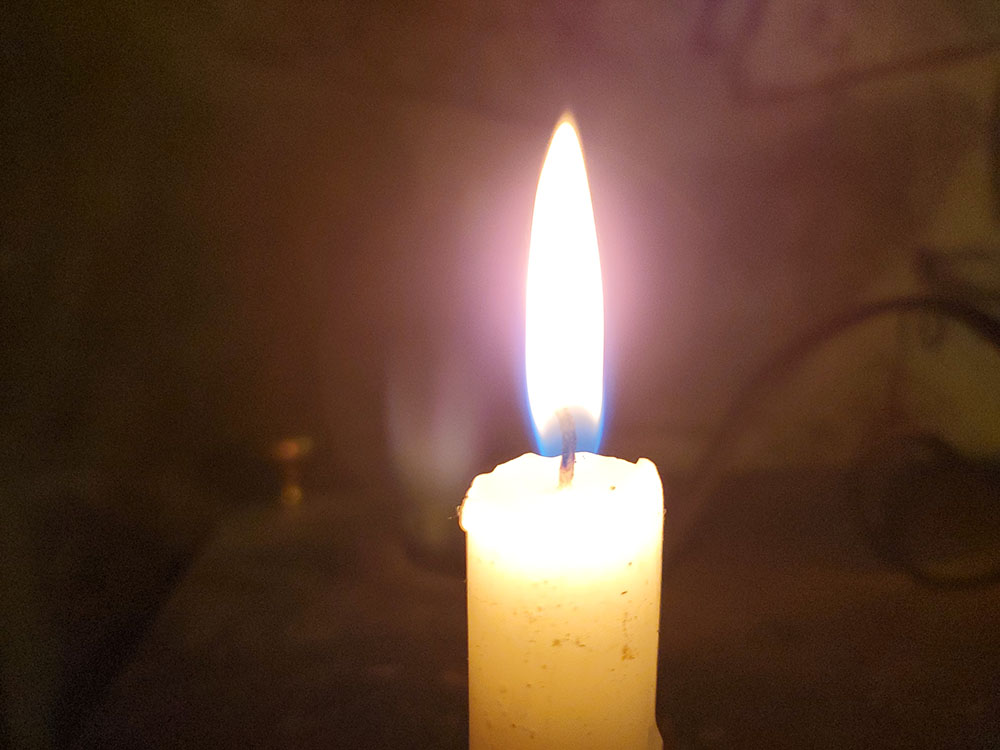 Jan 5, 2022–Our assumptions are so powerful we defend them fiercely. Even when they are wrong.
Jan 5, 2022–Our assumptions are so powerful we defend them fiercely. Even when they are wrong.
“Papa… I have a question.”
When my 6-year-old grand says this, I know I am ready to have my assumptions challenged.
“When we are celebrating Christmas day here, what day is it on the other side of the Earth?”
“What is lava made of?”
“When someone’s clothes catch on fire, why are they supposed to roll around on the ground?”
Each of these straight-forward questions can be answered with a short phrase:
1) On the other side of the world it is the day after Christmas
2) Lava is made of molten rocks
3) Rolling on the ground smothers the flames
But each answer begets follow-up questions and explanations. The “other side of the Earth” answer soon leads to explanations of the planet’s rotation, time zones, and international date line.
Lava leads to magma, then to the pressures inside the earth that create a molten core. Burning garments becomes a discussion of how fire is oxidation. That leads to the demonstration of placing a lit candle under a jar and timing how quickly it extinguishes.
Pants on fire, indeed.
Answering a 6-year-old’s questions is an excellent way of testing one’s understandings and assumptions of simple concepts. My toughest science professor made us answer these types of questions using only language a fifth-grader could understand. It is unexpectedly difficult. You cannot resort to jargon and equations. Try, for example, explaining the concept of “mass vs weight” to a 10-year-old.
More than we care to admit, we assume we understand concepts we don’t understand, or even recognize. One example I shared on social media got a scary amount of backlash. I simply pointed out the way we graphically represent Christmas trees is, well, incorrect.
Every single graphic image shows a tree shaped like a triangle, with the tips of the branches pointing down. However, if you look at almost any pine, fir, or conifer in nature, the branches thrust upward at a 45-degree angle. Pointing out this discrepancy on social media caused intense cognitive dissonance. People tried explaining it away by such artifices as saying the downward branches were caused by snow, or citing some obscure type of pine that grows in Siberia. No one wanted to concede we have been drawing trees wrong for 2000 years.
I first learned of this lack of observational skills not in art class, but in high school physics. The first day of class, our teacher handed each student a candle and colored pencils with the instructions to draw a picture of a flame. He gave us 30 minutes to do it. That’s too long, we protested. After all, we knew a flame looked like a yellow teardrop. We could sketch that in 30 seconds.
But that half-hour turned out to be our first physics lesson and a lifelong lesson in learning how little we know what we think we know. Try this at home. Light a candle and just stare at the flame. You will find it looks nothing like a teardrop. Rather, it is a shimmering sprite with feathery hair and a palette of colors. Next to the wick there is no flame at all.
Do this experiment. Then, go out and observe the world.
Don’t just look at it. See it.
Then, try explaining it to a 6-year-old.